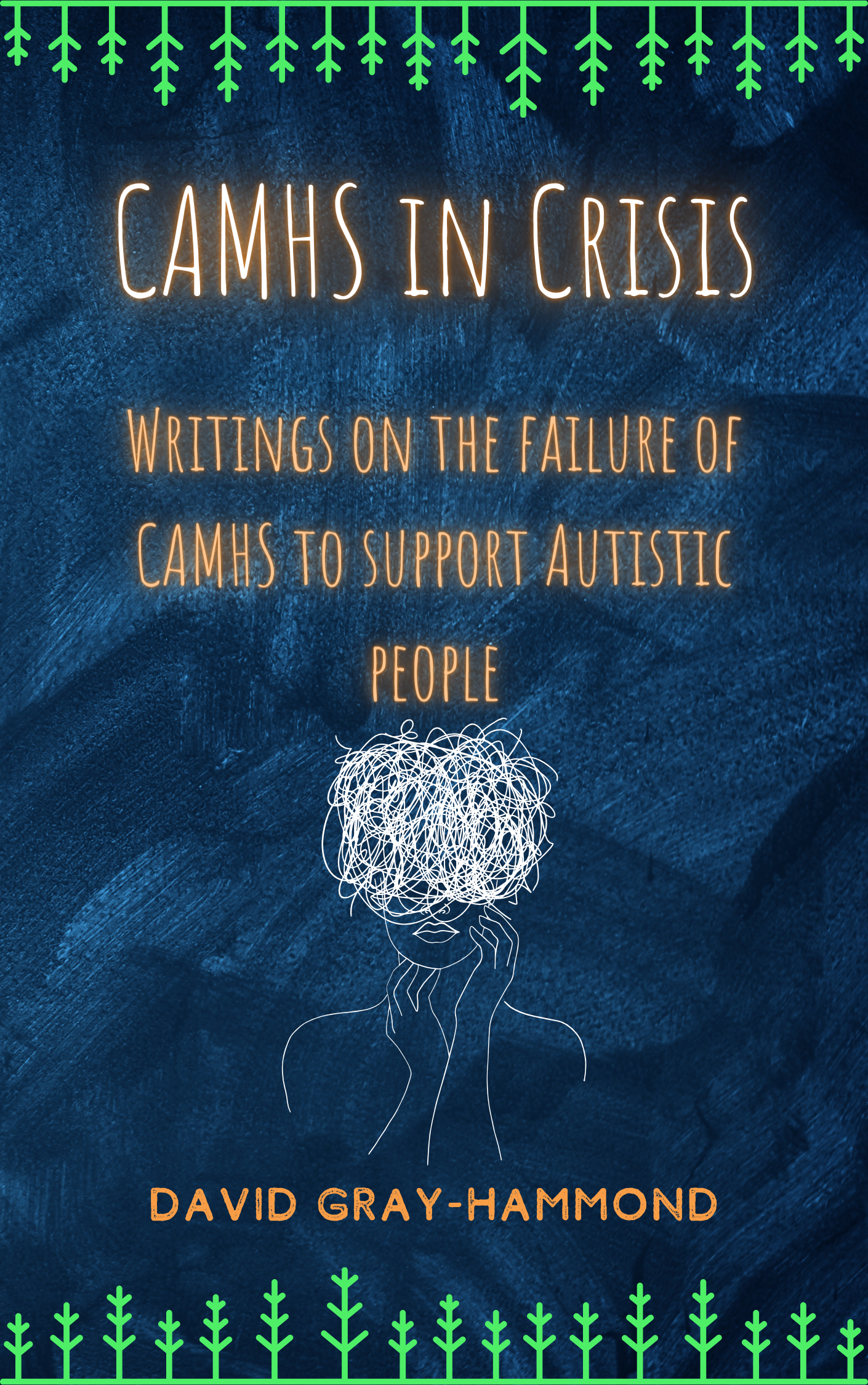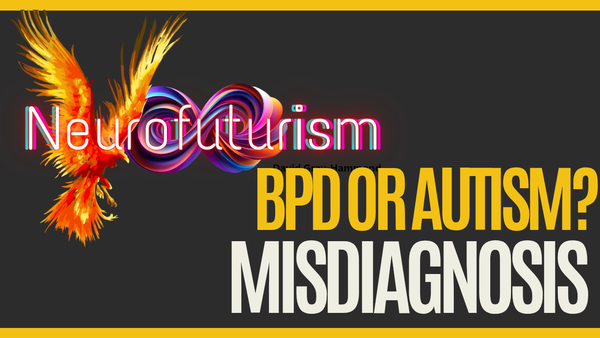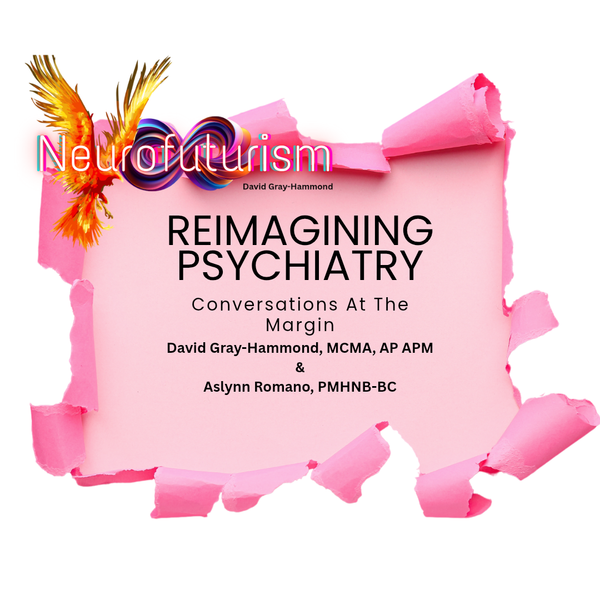What can CAMHS learn from the death of Max Sumner?

"Max Sumner, 17, took his own life on 13 May 2022 while he was under the care of Lancashire and South Cumbria NHS Foundation Trust Child and Adolescent Mental Health Service (‘CAMHS’).
The Coroner concluded today (23 January 2024) that the care he received by CAMHS contributed to his death."
Farley Solicitors LLP, Press Release, 2024
The above quote comes from a press release from Farley's Solicitors. Yet again, another young person has had their time on earth cut short, and yet again, Child and Adolescent Mental Health Services (CAMHS) are implicated in the death. It will come as no surprise that this young man was also neurodivergent.
How many CAMHS patients die?
According to Ashton Legal, some 46 CAMHS patients have died from 2019-2022. 20 of those were in the care of inpatient services, 26 following discharge into the community. As of 2022, CAMHS state that they have around 4,000 patients in their units. This represents a mortality rate of 1% for children and young people currently or previously engaged with CAMHS inpatient treatment.
Think about that. 1 in every 100 children in contact with inpatient services is losing their life. By comparison, current statistics place child mortality at 31.8 in every 100,000 (National Child Mortality Database) in the general population. This means that young people with recent contact with CAMHS inpatient services are around 30× more likely to die.
What were the risk factors?
"Max was born and raised in New Longton, Lancashire. He had a love for drama and performance and was a talented artist. When he was 16, Max told his dad he wanted to be known as Max and for people to use male pronouns when referring to him. Max was exceptionally proud of his trans identity and used every opportunity to champion LGBTQ+ rights."
Farley's Solicitors, Press Release
Max was a Trans teenager. According to parliamentary evidence, 92% of Trans young people have thought about suicide with 45% making an attempt. This alone represents a significant risk, but it gets worse. Max was ADHD. The University of Glasgow quotes ADHD UK as stating that ADHD'ers are 5 times more likely than none ADHD people to attempt suicide.
One might think that I could stop there, but to be thorough, I can't. David & Kollins (2012) find that around two-thirds of those diagnosed with ADHD also show significant traits of autism. We know from the Royal College of Psychiatrists that Autistic people are generally 9× more likely to die by suicide, with Autistic young people being 28× more likely to think about it or make an attempt.
CAMHS are not even just ignoring these statistics, I would hazard a guess that they're not even aware of them. When Max was diagnosed with ADHD, autism should also have been investigated. Unfortunately that is not standard practice in the UK.
Systemic failing in CAMHS cost lives
"The Coroner endorsed the conclusion of the Trust investigator that there were 13 failures with Max’s care:
Clinical and managerial supervision was not facilitated;
Safeguarding supervision was not utilised;
Non-compliance with safeguarding and clinical risk training;
No evidence of a multi-agency safeguarding plan;
No children’s social care referral;
Missed opportunities to discuss Max at a multi-disciplinary team meeting;
No evidence of care planning or safety planning;
Risk assessment not reviewed;
Emails from Max were not shared;
Max’s family were not involved;
No formal diagnosis was pursued and Max had no care or treatment pathway;
There was no follow up of his ADHD assessment;
No evidence of multi-agency working.
In addition, the Coroner found that the safety plan which was discussed and/or in place for Max was insufficient as it contained features such as calling the CAMHS crisis line, something which Max had never done and there was no indication that he ever would have done."
Farley's Solicitors, Press Release
What stands out to me is that the systemic failings that led to Max's death are not just a risk to neurodivergent young people. They represent a risk to all young people within the care of CAMHS. It just happens that the multitude of risk factors coupled with a failing system amounted to the loss of a young person with much to offer the world. This issue should matter to everyone, not just parents of neurodivergent young people.
How much of a factor was unsupported ADHD?
Chang et al (2019) found that ADHD'ers were 31% less likely to attempt suicide when they were taking medication for their ADHD. This highlights the significance of immediate and appropriate follow-up to ADHD assessments. It also suggests a darker side to the ongoing worldwide shortage of ADHD medications when we consider that access to medivation reduces suicide risk by nearly one-third.
Conclusions
"From March 2022, the ONLY known protective factor against Max’s suicidal thoughts was the physical presence of his father in the family home and I accept without question the evidence of Mr Sumner that had he known of Max’s suicidal thoughts he would not have left him alone"
Coroner's Conclusions in the Inquest
Max was a young man with a future ahead of him. What that future would have looked like is not for me to state. However it looked, Max had a right to it. Sadly, this case represents not just the loss of a potential future, but the loss of yet another valuable and much loved individual.
Max was more than a statistic. He was a human being. He had hopes, dreams, feelings. He had thoughts that he told to others, and those that he kept to himself. He had the same range and capacity of emotions as each and every one of us. All snuffed out because CAMHS couldn't achieve the bare minimum of being a protective factor.
David's new book on CAMHS failures is available now in paperback and kindle format



